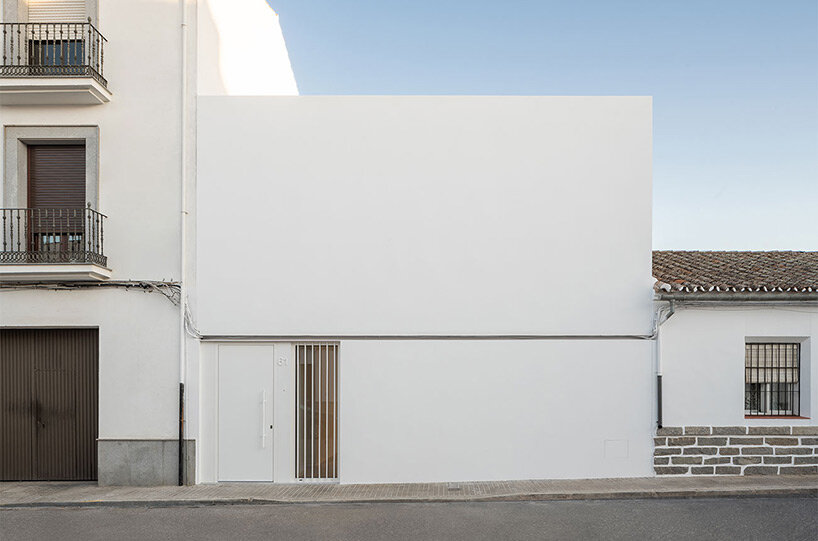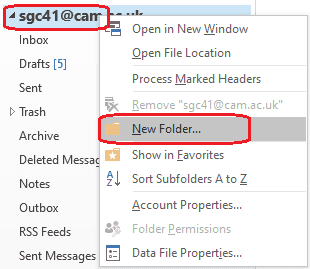
Later I protested again to which my boss replied it was a calculation error. "Impossible, I ordered them to be square!" he replied and called hardware on the spot. "The pixels are not square!" I told my boss. When I was working on Forgotten Worlds, I noticed the problem of aspect ratio. This non-square pixel system was a nightmare for the art team. By drawing in rectangles, they essentially reverse-stretched the visual assets so tiles would be displayed as they were drawn. Had designers drew in squares, the result would have been compressed on screen. The CP-System uses a resolution of 384×224 which aspect ratio differs from the 4:3 aspect ratio of a CRT. The first two hex characters give a value which is the sheet ID while the two remaining are the tile ID within that sheet.Īlso notice how the sheet tiles are rectangular instead of square. Notice the tile addressing system in the upper left of each sheet (Dhalsim 0x3300 and Ryu 0x4500). I found a Dhalsim in the article "Final Fight Developer's Interview" and a Ryu in the book "How To Make Capcom Fighting Characters". Unfortunately, I was only able to come across two of them. Among other things one can see which features were added later (these would be implemented using left-over space and therefore less elegantly cut out).
#A blank locates all the rss series software#
This system is a golden opportunity for a software archaeologist.

"The Punisher" screen can be almost covered with sprites (Source: ). In a game like "The Punisher", the kingpin final boss is made of poses reaching up to 80 tiles. The "wow" factor immensely contributed to the success of the games. It was a real tour-de-force at the time to make so much of the screen move. What made the machine stand out was the sheer volume of tiles it could manipulate per frame, reported to be in the vicinity of 256. It has no rotating or scaling capabilities. This approach gave considerable freedom to the artists who proceeded with designing "objects" of arbitrary sizes and shapes.īesides a few basic operations such as horizontal and vertical flipping, the CPS-1 cannot alter tiles.

In Street Fighter II, tiles are combined to make character poses. Remember, choose the credit approved for your series.

#A blank locates all the rss series series#
Please reference your series home page to review the type and amount of credit for your series. The OBJ layer is built via 16x16 units called "tile". only allowed to award credit that has been pre-approved for your series. If it still embraced the concept of layers, the CPS-1 abandoned the constraint of rectangular sprites. Among its many innovations was a powerful graphic rendering pipeline. Introduced in 1988, the CPS-1 (a.k.a CP-System at the time) was Capcom unified arcade platform.


 0 kommentar(er)
0 kommentar(er)
